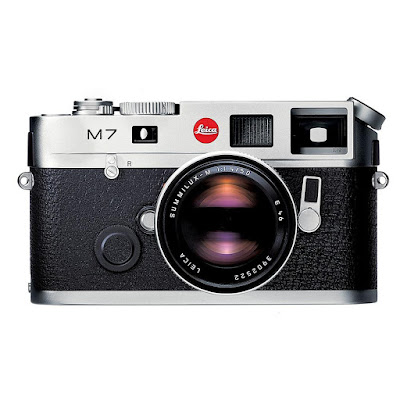Petapixel proves that Photography is Dead
0
When Petapixel ran the Creating Composite Photos, what it really did was to prove that photography is dead and digital re-imaging is alive.
Clint Davis is a professional photographer but how much of what he does is really about photography? For many years now since I started to write this blog, I realize that Professional photographers in the traditional sense do not exist anymore. In essence, they have lost the legitimacy to call themselves photographers since digital imaging and technology has changed all that.
It started with the death of the color lab which was the conduit to print those photos. Here the masters of imaging did what they had to do to print a better picture. Now this doesn't mean they add things to it but their job is to make it look stunning. There are masters who take pride in their work in developing these print images that are good enough to hang in any corporate hall. Today that's up to a digital artist, who through photoshop recreates or re-imagines the photos. Why is this called digital art? Because it isn't real.
The image is a mixture of composites, sometimes the composite is with a background that isn't even real. So how does this count as photography?
If you look at it objectively from a digital artist point of view., even the car itself can be a toy version that is later blended into the picture.
This is why it becomes very difficult to justify the work of a photographer and a digital artist. Since you are not really creating a real picture, why not call yourself a composite artist?
The very use of the 'photographer' moniker has become a bit of a joke if all you do is blend bits of other photos into a single image.
But as we herald the passing of real photography, let's welcome the democratization of imaging where anyone with a computer and a camera can make wonderful pictures. The reality is that a picture no longer is worth a thousand words but a thousand smiles.
Clint Davis is a professional photographer but how much of what he does is really about photography? For many years now since I started to write this blog, I realize that Professional photographers in the traditional sense do not exist anymore. In essence, they have lost the legitimacy to call themselves photographers since digital imaging and technology has changed all that.
It started with the death of the color lab which was the conduit to print those photos. Here the masters of imaging did what they had to do to print a better picture. Now this doesn't mean they add things to it but their job is to make it look stunning. There are masters who take pride in their work in developing these print images that are good enough to hang in any corporate hall. Today that's up to a digital artist, who through photoshop recreates or re-imagines the photos. Why is this called digital art? Because it isn't real.
The image is a mixture of composites, sometimes the composite is with a background that isn't even real. So how does this count as photography?
If you look at it objectively from a digital artist point of view., even the car itself can be a toy version that is later blended into the picture.
This is why it becomes very difficult to justify the work of a photographer and a digital artist. Since you are not really creating a real picture, why not call yourself a composite artist?
The very use of the 'photographer' moniker has become a bit of a joke if all you do is blend bits of other photos into a single image.
But as we herald the passing of real photography, let's welcome the democratization of imaging where anyone with a computer and a camera can make wonderful pictures. The reality is that a picture no longer is worth a thousand words but a thousand smiles.






















































